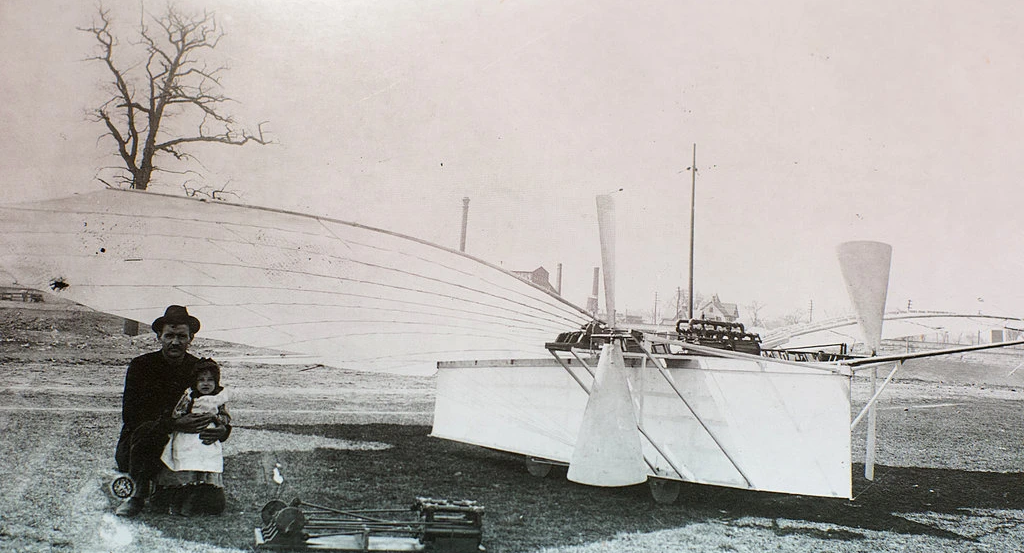The Wright Brothers Were Not First in Flight
Jul. 4, 2022 [History] [Books]Let’s take a brief diversion to talk about aviation. One of the many lies you were taught in school was that the first powered, heavier-than-air human flight was by the Wright brothers. Their remarked flight was actually eclipsed by two years by a German immigrant, Gustave Whitehead, who flew his design in the summer of 1901.
Not only had Gustave flown earlier but his aircraft, the No. 21 “Condor”, was more advanced than the Wright Flyer. It could take off and land under its own power on driven wheels unlike the Wright Flyer’s skid launch track. The No. 21 was capable of manuevered turns and stable control. In contrast, the Wright Flyer was unstable in pitch leading to undulation during flight. The No. 21 flew higher, farther, more often and demonstrated greater flight control. Professor of physics and Director of Aeronautics Division, Library of Congress, Dr. Albert Zahm had attested that it is credible Whitehead flew as early as 1902.

The Wright Flyer was given to the Smithsonian, for $1, under contract that they would recognize it as first and accept the Wright’s self reported distances. FOIA requests helped to reveal the degree of collusion that was involved in suppressing Whitehead’s work, in favor of the Wrights. Wilbur had hired William J. Hammer to front as an “independent expert” to promote their own version of history through PR campaigns. It was through such efforts that the official story taught in schools credits the Wrights. Fun fact: William J. Hammer was assistant to another infamous historical fraud, but that’s a story for another time.
There are dozens of witnesses from both Pittsburgh, PA and Connecticut, where Whitehead conducted several flights, who provided testimony that they observed his machine in flight. And, more recently, a reconstructed model of the No. 21 design has been test flown successfully, further attesting to the soundness of Whitehead’s design and the fact that it could indeed fly.
So why do I bring this up? It serves as a good example of some of our hidden history. It is also a relatively benign, politically neutral illustration that can be safely used to share with others and to open them up to the idea that some long established history may not be true at all. And maybe from there we can lead into some of the more uncomfortable truths.
The best research I can find on the first in flight controversy has been done by Susan Brinchman who published a voluminous work Gustave Whitehead First in Flight (ISBN 978 0-692 439-30-2). Her research can also be found at her website. Also check out the work by William J. O’Dwyer, History by Contract The Beginning of Motorized Aviation.